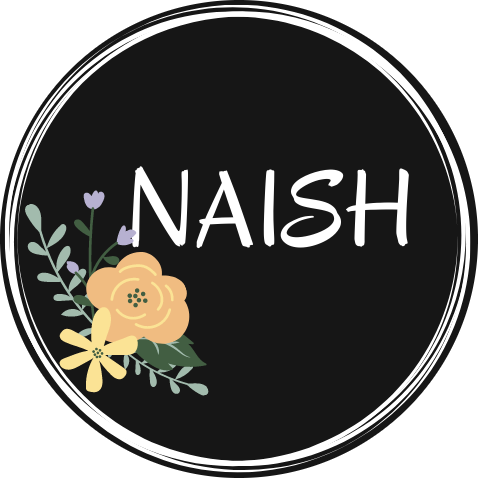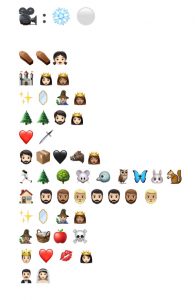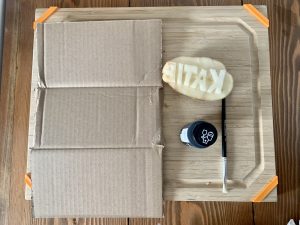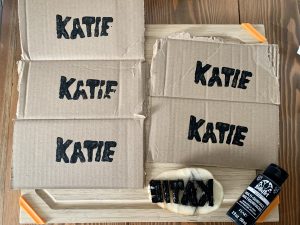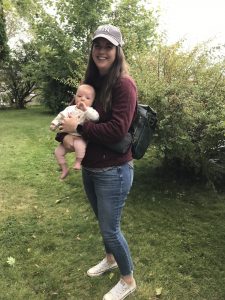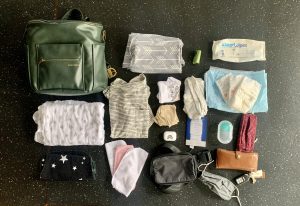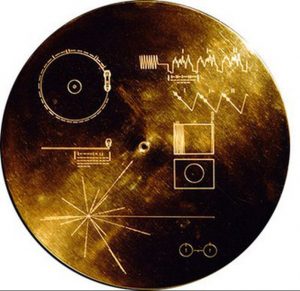
I had never heard of the Golden Record so I found it very intriguing when I read a little more about it and heard some of the background behind it in the podcast. It was interesting to hear the sampling of miscellaneous sounds they deemed representative of earth – whales, tools, a heartbeat, “hello” in various languages etc. They were limited in how they formatted the record in order to make it sustainable overtime as well as include a complete sampling of work. More is not necessarily better, but they focused on thoughtfulness to create a “work of art”. The songs aren’t considered “classics” for the most part, but more of a sampling around the world of different types of sounds. It would be overwhelming to be inclusive in creating a representation of the human species as a whole while curating different types of sounds as well as trying to figure out what “message” we want to send in case of extraterrestrial life and how they may interpret them.
I was drawn to the less obscure sounds for the most part, prioritizing sounds/songs that were familiar to me but also new sounds that I enjoyed or elicited some sort of emotion or memory. Here are my top 10 from the “Music from Earth” playlist with a few of my initial impressions.
- Track 1
Bach, Brandenburg Concerto No. 2 in F. First Movement, Munich Bach Orchestra, Karl Richter, conductor.- I enjoyed this classical sound as well as their reasoning behind including it, I have never really thought about mathematical relationships within the music and wonder how we can analyze other music mathematically.
- Track 3
Senegal, percussion, recorded by Charles Duvelle.- I enjoyed the African percussion, seemed upbeat and I could picture it being played at a celebration.
- Track 6
Mexico, “El Cascabel,” performed by Lorenzo Barcelata and the Mariachi México.- Somewhat of a “classic” sound of Mexico with the Mariachi music and reminded me of my honeymoon in Mexico.
- Track 7
“Johnny B. Goode,” written and performed by Chuck Berry.- The one classic rock song, plus it is a catchy tune most people would recognize and be able to sing along to.
- Track 14
“Melancholy Blues,” performed by Louis Armstrong and his Hot Seven.- Another more classic song, I like the trumpet and the “soul” that you can feel within the song.
- Track 18
Beethoven, Fifth Symphony, First Movement, the Philharmonia Orchestra, Otto Klemperer, conductor.- Even before they called it an epic track I thought to myself this is an “epic sound” – it was also cool hearing the difference between the high and low frequencies when they isolated the sounds.
- Track 19
Bulgaria, “Izlel je Delyo Hagdutin,” sung by Valya Balkanska.- I chose this one more for the story behind it, it is about an unkillable rebel hero, and would someone (or something) take this as a threat?
- Track 20
Navajo Indians, Night Chant, recorded by Willard Rhodes.- Almost reminded me of more modern indie music at times.
- Track 23
Peru, wedding song, recorded by John Cohen.- Had a bit of a haunting melody, another song that I liked the story behind it.
- Track 26
“Dark Was the Night,” written and performed by Blind Willie Johnson.- Southern sounds, another recognizable song and made me think of a movie although I couldn’t put my finger on which one.
